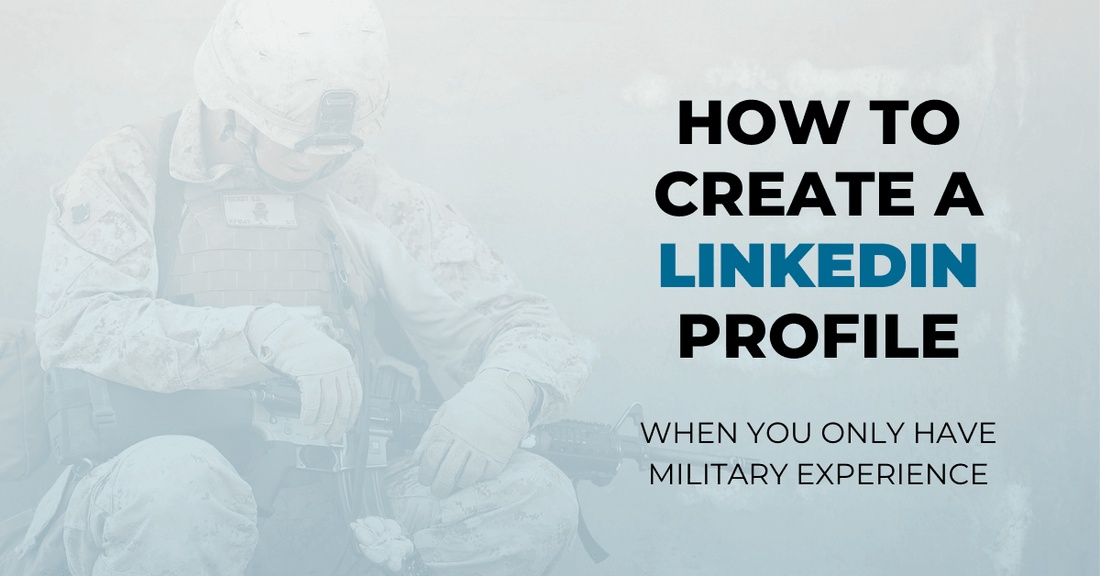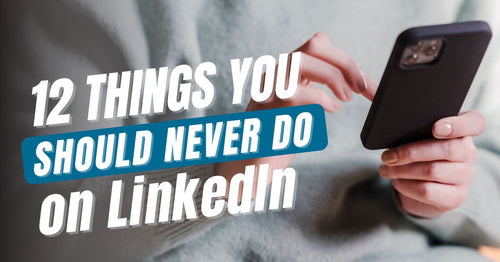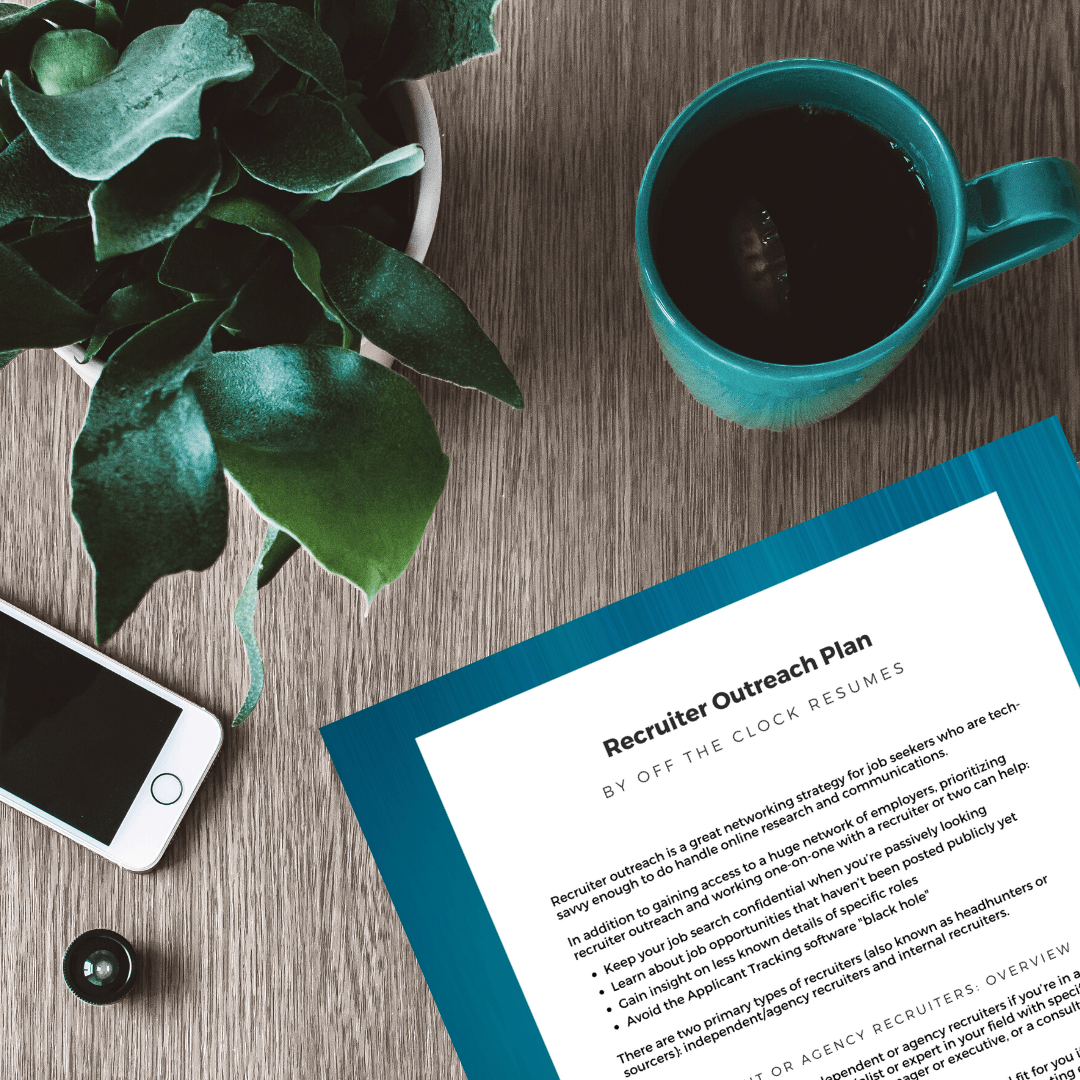
How To Create A LinkedIn Profile When You Only Have Military Experience
Does the thought of transitioning into the civilian workforce cause you anxiety?
If you’ve already explored resources available from military transition assistance programs, you’re not alone in feeling overwhelmed or even discouraged by what you’ve already learned about competitive hiring processes. Instead of remaining perplexed by Applicant Tracking Systems (commonly noted as ATS) or personal branding, let’s work on shifting your perspective.
Changing careers is stressful enough but you’re also transitioning from a military environment into a culture of unpredictable job search lengths and minimal control over the job search process, right?
Here’s the good news. Referrals are hired 8 times faster than job seekers who rely on online applications alone. As a military service member or veteran, you have an extensive network of veterans and military-friendly employers available to you thanks to LinkedIn.
Translating your tactical skills and military experience for LinkedIn is the first step to creating a LinkedIn profile that attracts attention from that network.

This blog contains affiliate links, meaning I may receive a small commission (at no cost to you) if you subscribe or buy something through the links I share. I only share links to products or services that I use myself or absolutely love!
Narrow Down Your Job Target
If you already know how your military experience and training translates to a civilian career, then you’re off to a great start! Blazing into a civilian job search with no idea which direction to go is going to be stressful and ultimately slow down your job search.
Your military experience may translate well for a career in a police, fire rescue, or security force but it may also translate well for a role in IT, project management, engineering, or telecommunications depending on your training. Trying to appeal to all of these fields at once isn’t the best strategy.
Have a clear job target in mind when you’re planning for your civilian job search. This is will help you target your resume, job application information, and your LinkedIn profile which is critically important for attracting the right profile views and career-launching networking conversations.
Do A Little Recon (* cough * I mean, Research)
Now that you know which field you want to transition into, a little due diligence will equip you with the information you'll need to make smart job search decisions as well as create a good LinkedIn profile. You’ll want to know more about the career path, salary range, qualifications needed, and major companies within that field. You can find this information from Google searches, but I also recommend exploring Glassdoor profiles and reviews as well as LinkedIn Company Pages and Groups.
You’ll also be able to see which jobs are available at these companies. Researching available jobs will help you create lists of qualifications and skills expected from an ideal candidate and identify any skills gaps that you may need to address before diving headfirst into your job search. These will be important details for both your resume and LinkedIn profile.
Speak To Civilian Readers In Your Experience Section
It’s time to work on your LinkedIn profile! Start by filling out your profile completely. This means filling out the description field for each of the jobs you list under your Experience section. Don’t let this intimidate you. Just remember that the LinkedIn users reading your profile may not be as familiar with the military terminology and jargon that has become a second language to you.
Use the description field to identify the primary goal of each position you’ve held. Think beyond service, rank, and duty to your mission behind the operations. Briefly summarize your typical tasks by describing what you were responsible for on a daily, weekly, or monthly basis. Also highlight major achievements that relate to the goals of the roles your targeting particularly improving processes or procedures, saving money, safeguarding data security, or leading major projects to completion.
If this feels like “dumbing down” your experience, imagine you’re explaining what you do to a teenager. Teenagers are pretty smart, but they’re not familiar with your world. Translate as many military-specific and technical terms and jargon for your profile for recruiters, HR professionals, and hiring managers to clearly understand the value you offer.
Add Your Job-related Training
LinkedIn combines your projects, honors and awards, and coursework in an Accomplishments section that holds a lot of weight when you use your LinkedIn profile to apply for jobs online. Filling this section as much as you can will even improve your visibility in LinkedIn search results!
Summarize any military training that relates to your job target under Courses (unless you were officially certified by an industry-recognized organization, in which case you should list them under Certifications). Summarize, meaning to outline the main concepts of these training experiences rather than listing the technical name that might not resonate with a civilian reader.
These Courses will boost your profile through keyword optimization and show employers that you value professional development, leadership development, and continuous education.
Free and low-cost skills training for veterans are available through various organizations as well.
Showcase Your Volunteer Experience
Volunteer experience that doesn’t present opportunities for discrimination should also be listed on your LinkedIn profile. While volunteering for political or religious organizations may be important to you, these can be red flags if they imply beliefs that differ from company leadership or the organizational culture.
Instead, draw more attention to how you applied your transferable skills such as solving problems or serving others. The best LinkedIn profiles that showcase volunteer work treat volunteer experiences like work history to strategically showcase initiative. These traits may be inherent to military experience but can be more relatable to a civilian employer when described in action as a part of your career story.
Create A Mission-focused Headline
Your LinkedIn Headline will be as visible as your name in LinkedIn search results, so don’t settle for the default assigned to you by LinkedIn. First, consider the missions you’ve achieved and operations you’ve successfully completed. How do those goals translate to the goals of the roles you’re pursuing?
Then customize your Headline with the keywords civilian employers will be using to search for a candidate like you. These are most commonly position titles and top desired skills (Project Manager and Project Management for example) and highlighting the value you offer to employers.
Use Your LinkedIn Summary or About Section Strategically
Too many job seekers miss the opportunity to humanize their profile using their LinkedIn profile Summary or About section. Some simply copy-and-paste a summary from their resume. Others don’t add a LinkedIn Summary at all.
This section is prime real estate for telling your unique career story, outlining your career goals, and asking the employers who align with those career goals to connect with you.
By focusing on your career goals rather than your military experience, you can demonstrate to employers that you’re forward-thinking and ready to transition into the civilian workforce. Make it easy for your ideal employer to connect the dots by briefly summarizing your military experience, focusing on your job-related and transferable skills, and aligning these with your goals for the future.
Smile In Your Profile Photo
Don’t be shy when it comes to adding a profile photo. LinkedIn profiles with a profile photo are 14 times more likely to be clicked on and viewed from search results than profiles without a photo. In fact, the profiles without profile photos are sent to the bottom of the list even if the rest of the profile is filled out completely!
Remember that your profile is a chance to humanize applications and attract others in your targeted field or industry. Don’t upload a stiff military headshot. Showcase your personality by uploading a profile photo with an inviting smile. The more approachable you look in your profile, the faster you’ll grow your network and land a civilian job.
Related Articles
-

10 LinkedIn Mistakes That Cost Job Seekers Interviews (How to Fix It)
Guest blogger outlines how to avoid these LinkedIn mistakes to drastically improve your chances of being noticed, whether you’re actively job hunting or just trying to grow your professional presence.
-

12 Things You Should Never Do On LinkedIn
These common LinkedIn mistakes may be preventing you from seeing the career-boosting outcomes you’d love to see.
-

What To Do Before You Easy Apply On LinkedIn
The new and improved Easy Apply button could be a way to get in front of hiring decision-makers faster than simply applying on a company's website, but there are a few things you should do before you Easy Apply on LinkedIn.
-

Which Elements Of A LinkedIn Profile Will Elevate Your Personal Brand?
Discover how platforms like LinkedIn not only help expedite your job search but can elevate your personal brand by amplifying your authority and boosting your credibility.







